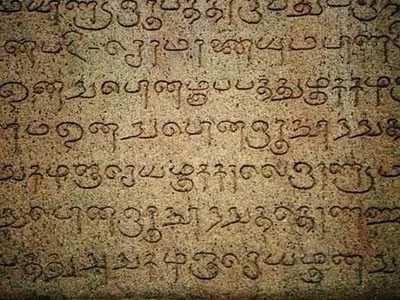-Arushi Kastwar In the rolls of Indian history, there are names that linger not because they abided by societal norms but because they so radically challenged them. Cornelia Sorabji is one of those names — a woman who battled her battles in the obscure passages of law and the dark recesses of patriarchy. She was […]Read More
Tags : INDIAN HISTORY
Indian literature does not have the past as a foreign land; instead, it exists within the very intimate confines of the present, influencing identities, narratives, and geography. Memory, from classical epics to modern novels, does not only serve as a theme but a living force—one inscribed into the walls of houses, ruins, cities, and minds. […]Read More
In a nation such as India, where narrative is old, complicated, and organically connected with oral traditions, mythologies, and a prolonged written past, writing is never innocent. Writing is always weighed down by an obligation to represent, to cause trouble, and most often, to revolt. And yet again and again, Indian writers have encountered an […]Read More
Letters Across Time: The Epistolary Form in Indian History and
In the silent unfolding of history, letters have sometimes cried out more audibly than declarations. Intimate, confessional, persuasive, or poetic, the epistolary form has long been a living thread in the tapestry of Indian life—running from royal courts to revolutionary jails, from partitioned homes to contemporary novels. In Indian literature and history, letters have not […]Read More
-Trushti Dand Is it truly fate that shapes our lives, or do our choices blind us to the opportunities placed right before us? In a quiet corner of the world, where dusty roads connect the humble and the grand, unfolds a deceptively simple yet profoundly philosophical tale titled Fate. At its surface, it narrates the […]Read More
Real Music Lover When Passion Overrules Fear: A Tale of True Devotion What would you risk for something you love—your time, your comfort, or perhaps even your life? In the heart of Kerala, a land known for its rich cultural heritage and reverence for the arts, a timeless tale unfolds—a story that elevates the meaning […]Read More
The Cost of Pleasing Everyone: A Timeless Tale of Wisdom and Folly -Trushti Dand Have you ever changed your decision just because someone else disapproved—only to regret it later? The story of Father, Son, and Donkey is a seemingly simple folktale that reveals profound truths about human behaviour, decision-making, societal pressures, and the consequences of […]Read More
-Arushi Kastwar Sir Chettur Sankaran Nair CIE was not only a giant legal mind but also an unflinching statesman who contributed substantially to India’s constitutional and political growth in the early 20th century. His life and times are characterized by a unique combination of judicial acumen, patriotic passion, and unshakeable courage in the face of […]Read More
-Arushi Kastwar In the still town of Jejuri, nestled among Maharashtra’s Sahyadri hills, there’s a temple more than just a stone and historical monument—it is a temple that shines with living color, true devotion, and centuries of tradition. The Khandoba Temple of Jejuri is no mere religious pilgrimage site—it’s a spectacle of faith. Veiled in […]Read More
-Arushi Kastwar Deep in the heart of Chhattisgarh is a spiritual hill resonating with mystique, ecological abundance, and cultural heritage that has been passed down through generations—Madheshwar Pahad. Usually overshadowed by more touristy destinations, Madheshwar Pahad is still one of the state’s most underappreciated gems, providing a soulful retreat into nature, history, and heritage. As […]Read More









